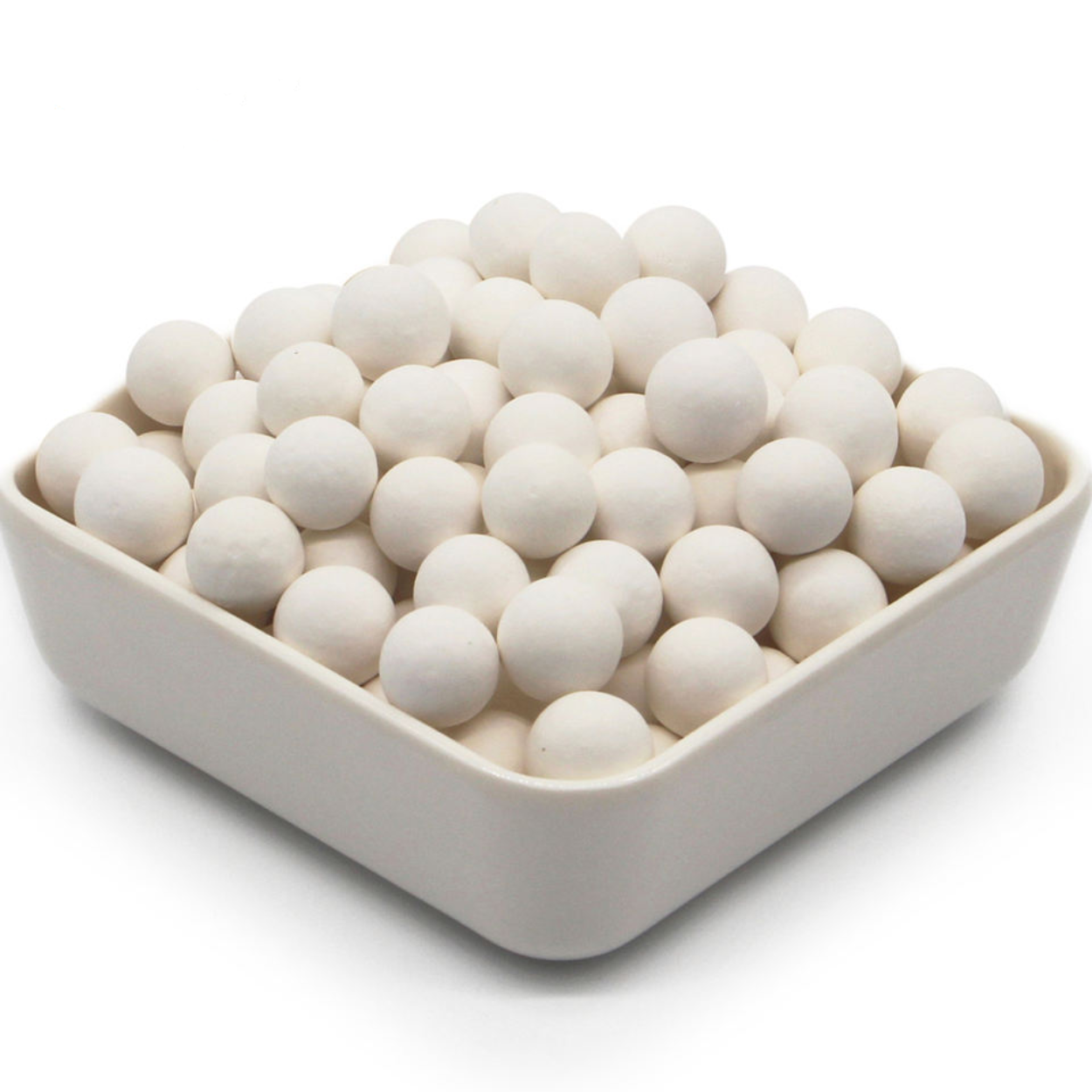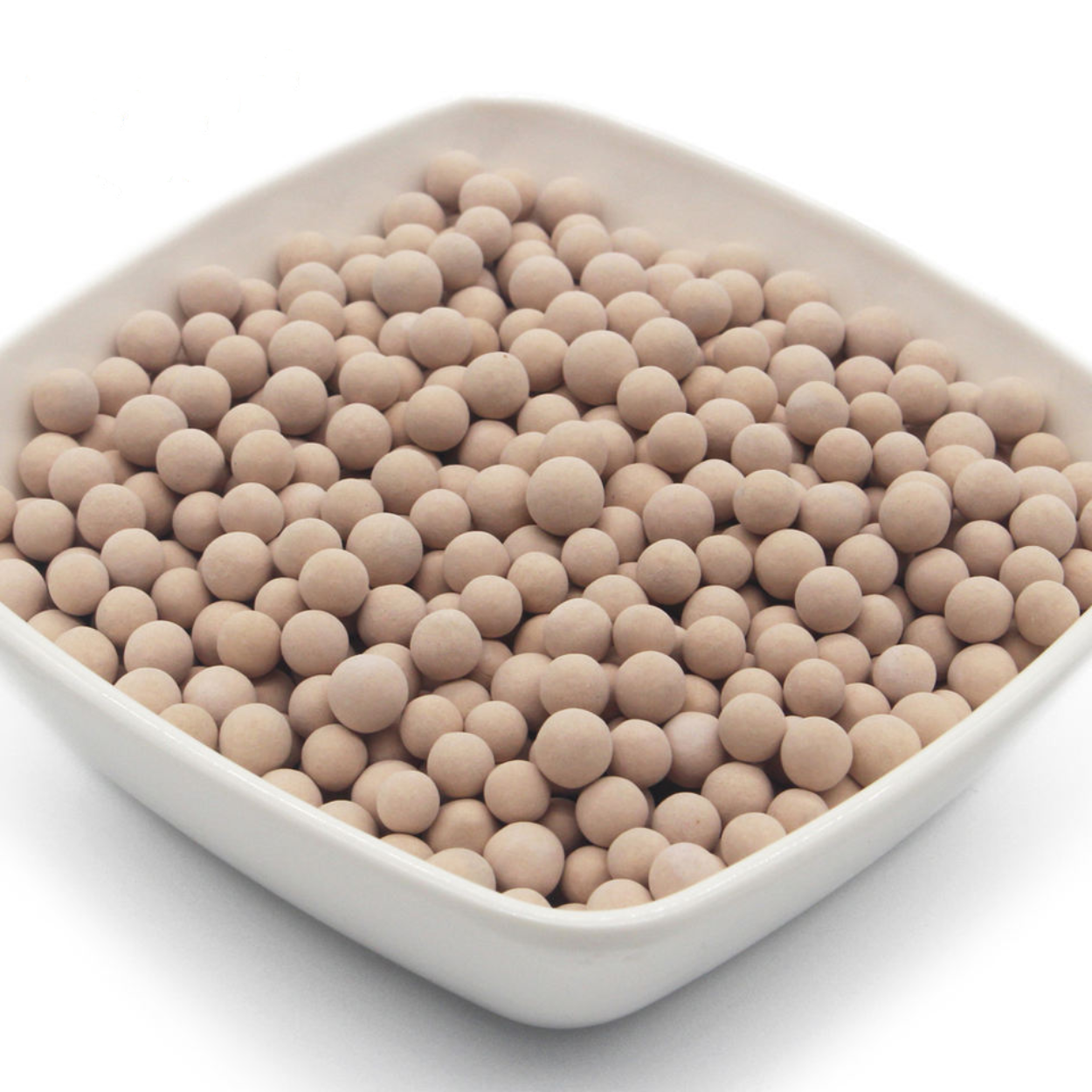
Manufacturer 4A vs 3A Molecular Sieves in LNG Dehydration
LNG dehydration mainly uses 4A molecular sieves for water and hydrocarbon removal, while 3A suits cases needing zero hydrocarbon adsorption.
Adsorption separation is widely used in gas and liquid purification, drying, and separation across industries like chemicals, petroleum, natural gas, and environmental protection. Molecular sieves are the preferred adsorbent thanks to their high efficiency and selectivity. This article explains how they work and why they’re ideal for industrial use.
Molecular sieves are crystalline aluminosilicates with uniform micropores (0.3–1.0 nm), enabling selective adsorption based on molecular size and polarity. Common types include:
3A (0.3 nm): dries ethanol, unsaturated hydrocarbons
4A (0.4 nm): used for deep drying of gases and liquids
5A (0.5 nm): separates normal alkanes
13X (0.9–1.0 nm): removes CO₂, H₂S from gas streams
Their chemical formula:
Mₓ/n[(AlO₂)ₓ(SiO₂)ᵧ]·mH₂O,
where M is an exchangeable cation (Na⁺, K⁺, Ca²⁺), and x/y is the Al/Si ratio.
Molecular sieves can be reused after desorption via heating (200–350°C) or pressure reduction, making them cost-effective and sustainable.
With high capacity, precision, deep drying, renewability, and stability, molecular sieves are the leading adsorbent for industrial use. As materials and technologies evolve, their role in energy, healthcare, and environmental applications will keep growing—driving next-generation industrial adsorption solutions.

LNG dehydration mainly uses 4A molecular sieves for water and hydrocarbon removal, while 3A suits cases needing zero hydrocarbon adsorption.

Achieve ultra-deep dehydration of cracked gas with 3A molecular sieves—remove water without ethylene/propylene loss, ensuring catalyst life and product purity.

Home Desiccant Activated Alumina for air compressor drying gas purification wholesale Email WhatsApp Product Inroduction: Desiccant Activated Alumina for air

Home Adsorbent Zeolite 13x Molecular Sieve for Removing Odor From LPG in air Freshener Plant Email WhatsApp Product Inroduction: Adsorbent Zeolite
As a leading molecular sieve manufacturer, we share the latest industry news and insights on adsorbents like molecular sieves, sieve powder, and activated alumina.

LNG dehydration mainly uses 4A molecular sieves for water and hydrocarbon removal, while 3A suits cases needing zero hydrocarbon adsorption.

Achieve ultra-deep dehydration of cracked gas with 3A molecular sieves—remove water without ethylene/propylene loss, ensuring catalyst life and product purity.

Compare 3A and 4A molecular sieves for industrial gas drying. Learn their differences, ideal uses, and how to choose the best solution for your application.